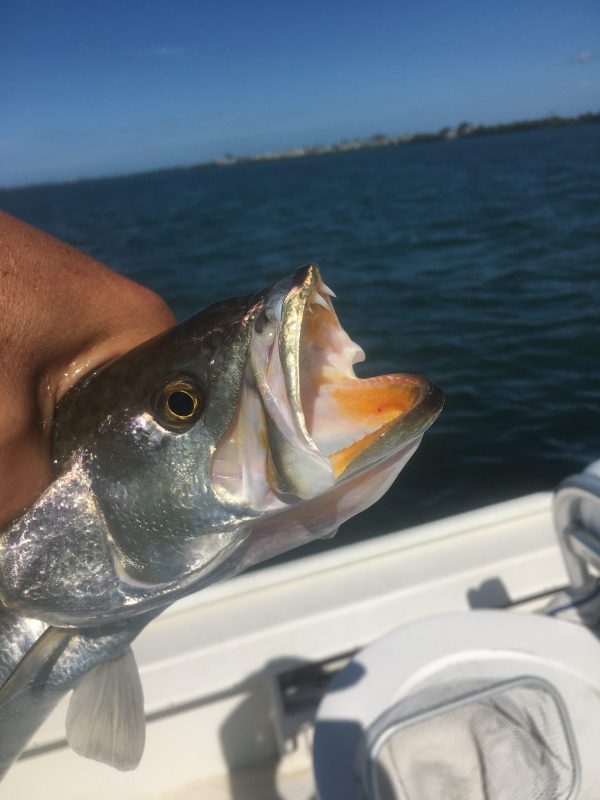Spotted seatrout are the highlight of April fishing
As we settle into the second week of April, Anna Maria Island flats fishers are enjoying targeting spotted seatrout throughout the lush grass flats from the Sunshine Skyway Bridge south to Sarasota Bay.
Areas such as Tampa Bay, Miguel Bay, Terra Ceia Bay, Anna Maria Sound and Sarasota Bay offer some of the best trout fishing in west Central Florida as the flora and fauna support the perfect ecosystem for spotted seatrout to thrive.
Don’t forget the Manatee River — the heartbeat of our inland waters — prescribes the right amount of freshwater to create a semi-brackish ecosystem of numerous types of sea grasses, mangroves and oyster beds, which filter our bays in the toughest conditions.
This is home to the spotted seatrout.
The spotted sea trout, being as popular as it is, has acquired several aliases. You might hear them referred to as speckled trout or specs and for exceptionally large examples, the name gator trout is utilized.
Identification of trout is easy as they have a style all their own: A silver head and underbelly topped with a light green back speckled with black spots, extending throughout the back and tailfin.
Upon opening their mouth, two prominent canine teeth are visible, while the rest of the top and bottom jaw hold small, razor-sharp teeth backed by a bright yellow interior of the mouth.
Trout are designed to ambush prey as their camouflaged bodies blend into seagrasses until it’s time to rear their sharp teeth and bite into unsuspecting prey.
As far as diet is concerned, trout are liberal in their preferences. Any small bait fish, such as shiners, pinfish or finger mullet, are the norm, as well as numerous invertebrates, including shrimp, crabs and small squid.
Trout reproduce quickly as they have a lengthy spawning season that runs from early spring through most of the summer.
Trout can reach maturity around 12 inches in length, which is when they are capable of spawning. An average 12-inch trout is 1-2 years old. Between two and three years, the trout can reach 16 inches. The estimated lifespan of trout is four to five years, although it is expected that larger species can live longer.
Catching spotted seatrout is an experience enjoyed by a variety of anglers, ranging from novice to capable fishers.
Most of the time, trout will aggressively strike a bait or lure and seem to be fooled in many instances, which makes them accessible to all anglers.
Whether using a live shrimp under a popping cork or “walking the dog” with a MirrOlure 84 MR, most instances will result in a strike if fish are present.
Since trout inhabit inland waters, they can be caught from a variety of locations, including piers, docks, canals and bridges, as well as from boats or while wading the flats.
And, last but not least, trout is excellent table fare. Flaky white fillets can be prepared in a variety of ways, making trout one of the most popular inshore species caught in local waters.
Remember to consult local laws about size and bag limits for spotted seatrout. There are several regions in Florida and each has different seasons and bag limits. For our region, the slot is 15-19 inches and the limit is three fish per day per angler.
On my Just Reel charters, I’m seeing plenty of spotted seatrout being caught. On swift tides, and the full and new moons, catches exceeding 30 trout in a morning are occurring. Many trout are running small — just shy of the 15-inch minimum — although limits of slot-size fish are being caught most days.
Targeting trout over deeper grass flats yields other species, such as Spanish mackerel, jack crevalle and ladyfish. Bluefish and blue runners are in the mix.
Snook fishing produces action during the higher stages of the tides and the warmest days between the cold fronts provide the best bite. I’m seeing a handful of redfish in the same areas where I target snook.

